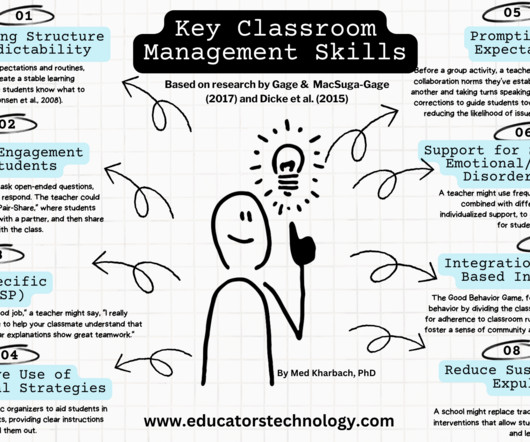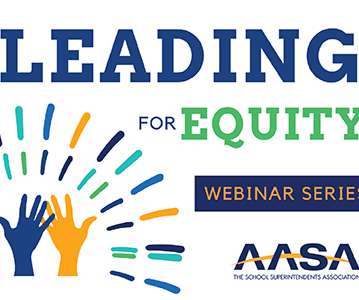9 Key Classroom Management Skills Backed up with Research
Educational Technology and Mobile Learning
AUGUST 24, 2023
Student-Centered and Teacher-Centered Classroom Management: A Case Study of Three Elementary Teachers. American Secondary Education, 41(3), 21–33. The Elementary School Journal, 59(1), 158–. Models of Classroom Management as Applied to the Secondary Classroom. The Journal of Special Education , 41(4), 209–222. KOUNIN, J.

















Let's personalize your content